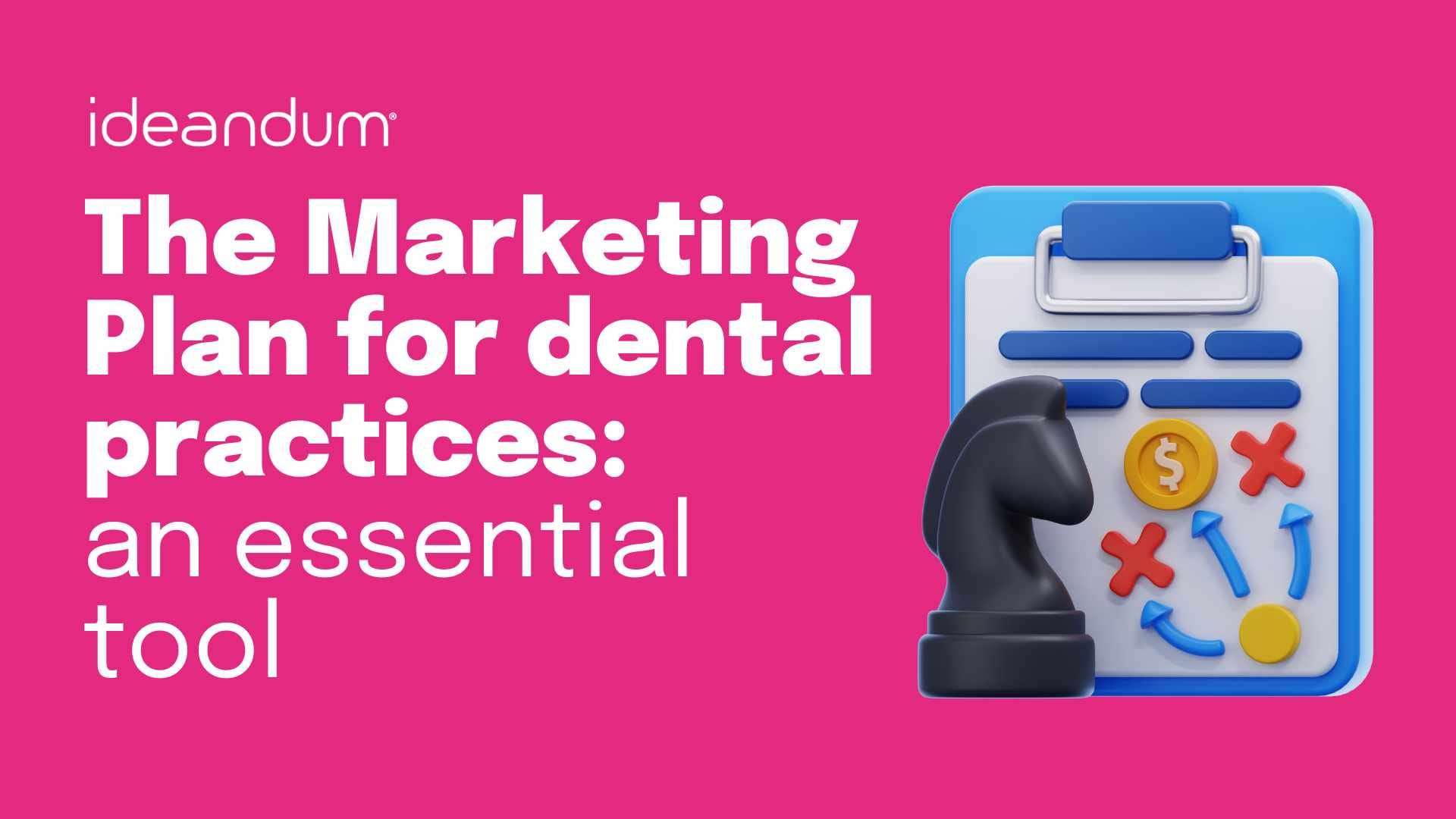A well-crafted marketing plan for dental practices is more than a document—it’s a strategic compass for navigating the increasingly competitive dental landscape. In this article, we’ll explore why it’s essential in 2025 and how to create an effective plan tailored to your clinic’s growth.
What is a Marketing Plan for Dental Practices?
A marketing plan for dental practices is a strategic document that outlines the actions, goals, and resources required to grow visibility and attract patients. It starts with a detailed analysis of your current situation and guides the implementation of effective communication and operational strategies.
This plan provides structure, helps you measure progress, and ensures your efforts are aligned with your long-term goals.
Why You Can’t Skip the Initial Analysis
Before drafting a marketing plan for dental practices, it’s crucial to assess your current position. This includes understanding your clinic’s structure, resources, team, and digital assets.
Asking the right questions is key:
Where are we now?
What are our strengths and weaknesses?
What do our patients say about us?
Skipping this step means launching into marketing with no destination, and that leads to wasted time and money.
Why You Need a Marketing Plan for Dental Practices
Without a proper plan, many clinics invest in marketing activities that don’t align with their goals. A marketing plan for dental practices helps define clear objectives, identify the target patient audience, and decide on the best tools and channels to reach them.
It brings focus and direction—two elements you cannot afford to miss.

Defining Goals and Micro-Goals
Clear goals are the foundation of every marketing plan for dental practices. These should be:
Specific
Measurable
Time-bound
Micro-goals help you stay on track. For example, if your objective is to increase patient numbers by 30%, a micro-goal could be launching a paid advertising campaign within 30 days.
The Five Pillars of a Marketing Plan for Dental Practices
A complete marketing plan for dental practices must evaluate five key areas:
Human Resources – Assess internal roles, team structure, and motivation.
Financial Control – Monitor economic performance and set realistic KPIs.
Customer Experience – Analyse the patient journey and quality of service.
Strategic Marketing – Define your core offer and target audience.
Operational Marketing – Plan and execute specific actions.
Developing an Analytical Marketing Plan for Dental Practices
When building your marketing plan, analyse your core business and what makes you different. Are you focused on implantology? Aesthetic treatments? Then shape your communications accordingly.
Each element—from your tone of voice to the visuals you choose—should support the positioning of your brand and align with your ideal patient profile.
HR Analysis: Building a Strong Team Foundation
Your marketing plan for dental practices should include a clear organisational chart. Who is responsible for what? Are staff members motivated and aligned with the clinic’s mission?
Questions to ask:
Do you hold regular meetings?
Do your staff feel empowered to contribute?
Is there a personal development plan for each team member?
A well-managed team is essential for any growth strategy.

Analysing the Patient Experience
A successful dental clinic is built on trust and loyalty. This begins with a consistent, positive patient experience.
Consider:
How are patients welcomed?
Are feedback and reviews being collected?
Do you have follow-up protocols?
By improving your patient experience, you increase retention and stimulate positive word-of-mouth—both of which are vital components of your marketing plan for dental practices.
Strategic Marketing Analysis
Strategic marketing is about understanding who your patients are, what they want, and how to reach them.
Your marketing plan should include:
A competitor analysis
A positioning strategy
Differentiating elements of your services
Understanding where you sit in the local dental landscape is key to crafting compelling, relevant messaging.
Why You Should Use a SWOT Analysis
A SWOT analysis helps you map out internal strengths and weaknesses while identifying external opportunities and threats.
Collecting patient feedback, team input, and performance data will make your SWOT analysis more precise and actionable. For example, if patients praise your hygiene team, that’s a strength worth highlighting in your messaging.
Setting and Tracking Your Objectives
A marketing plan for dental practices should include a list of defined goals, complete with deadlines.
Example:
Main Goal: Increase new patient bookings by 20% within 6 months.
Micro-Goal: Launch SEO campaign in the first 30 days.
This breakdown allows you to monitor progress and adjust your strategy based on real results.
Your Marketing Plan Should Be a Living Document
The dental market changes quickly. That’s why your marketing plan for dental practices shouldn’t be static—it must be reviewed and updated regularly.
Whether you’re implementing new tools or shifting your focus, your plan should evolve with you.
Make time to:
Review KPIs monthly
Update content and campaigns quarterly
Reassess your positioning annually
By treating it as a living strategy, you’ll ensure your clinic stays competitive and grows sustainably.
Would you like help creating your own marketing plan for dental practices?
Book a free strategy call with the Ideandum International team and get a personalised consultation to improve visibility, performance, and patient loyalty.
Do you want to stand out from the crowd? Be unique? Have an effective and engaging brand identity for your audience? Attract clients and grow your dental clinic’s business?
Ideandum has helped more than 1000 professionals since 2013 to grow their business through strategy and digital marketing.
Schedule a free consultation with Ideandum, it’s easy, quick and free 🙂

